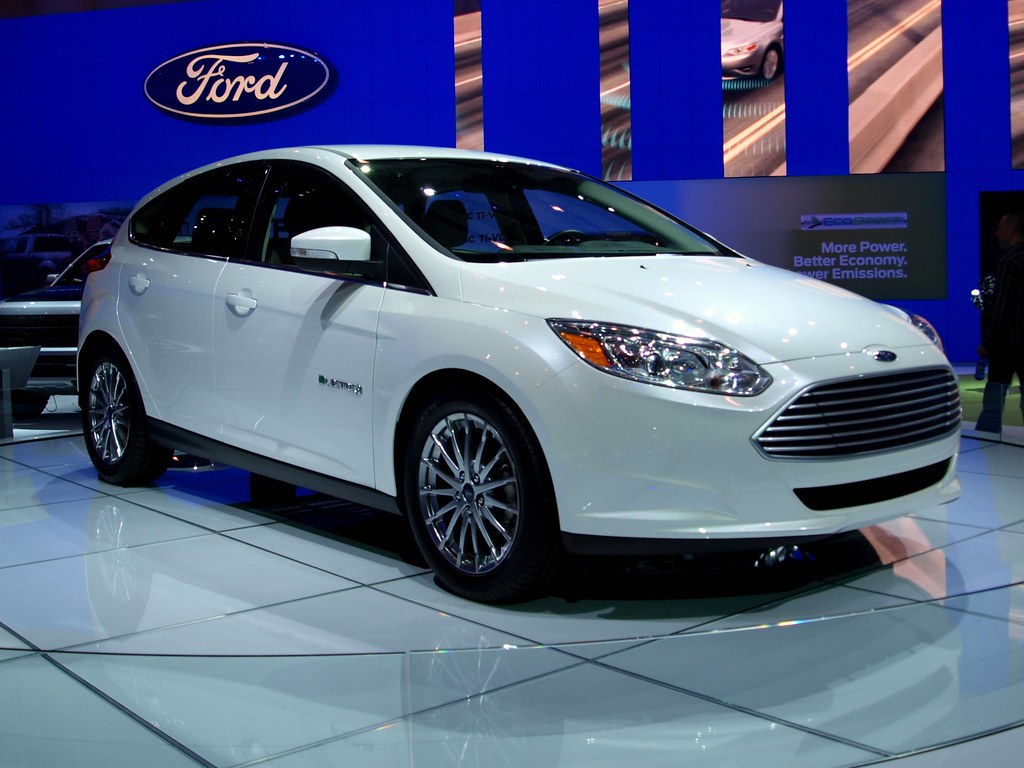
When it comes to choosing the right engine size for your vehicle, it’s not just about horsepower and torque; it’s about understanding how those numbers translate into real-world performance and efficiency. Engine size, often measured in liters or cubic centimeters (cc), plays a crucial role in determining a vehicle’s capabilities, fuel economy, and overall driving experience. For auto owners, knowing the ins and outs of engine sizes can make a significant difference in selecting a vehicle that meets both their needs and preferences.
Driving through city streets or cruising on the highway, having the right engine size can truly enhance your experience behind the wheel. This article is your comprehensive guide to making well-informed decisions when you buy your next vehicle, ensuring you unlock the full potential of your ride. We’ll explore everything from the basic definitions to advanced technologies, helping you choose an engine that perfectly complements your lifestyle and driving habits.
Understanding engine size involves a careful evaluation of multiple factors that directly impact your driving experience, vehicle performance, and overall satisfaction. Auto owners need to consider not just the engine size itself, but also how it aligns with their lifestyle, driving habits, and specific needs. Understanding these factors can help you differentiate between good options and average ones, ultimately guiding you toward a more informed decision that truly empowers you on the road.
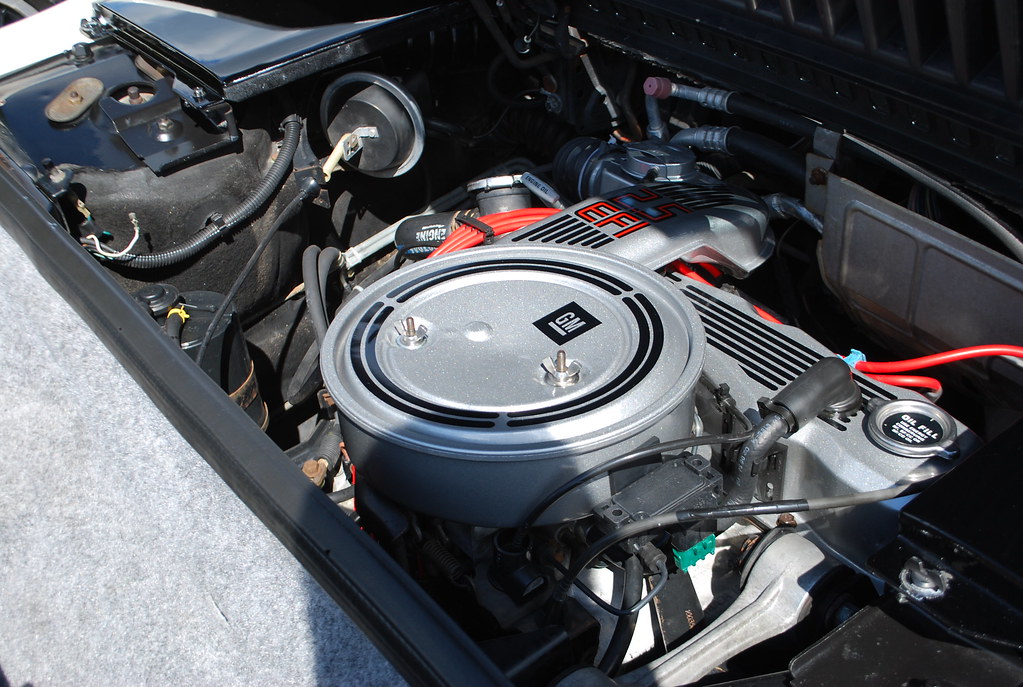
1. What Engine Size Really Means: The Fundamentals
Engine size, also known as engine displacement, refers to the total volume of all the cylinders in a vehicle’s engine. It’s typically measured in liters (L) or cubic centimeters (cc) — for example, a 2.0L engine means the engine displaces 2 liters of air and fuel during one complete engine cycle. This measurement is foundational to understanding an engine’s basic capabilities and characteristics.
This volume determines how much air and fuel can enter the engine to create combustion. In simple terms, a larger engine can burn more fuel, produce more power, and generally handle heavier loads. Conversely, a smaller engine will typically burn less fuel, producing less raw power but often offering superior fuel efficiency, making it an excellent choice for certain driving styles.
Understanding engine size is crucial because it plays a significant role in determining how a vehicle performs and how well it meets your driving needs. While it’s not the only factor that matters, it’s certainly one of the first things you should consider when comparing cars. It’s the starting point for evaluating power, efficiency, and suitability for various tasks, setting the stage for all other performance discussions.
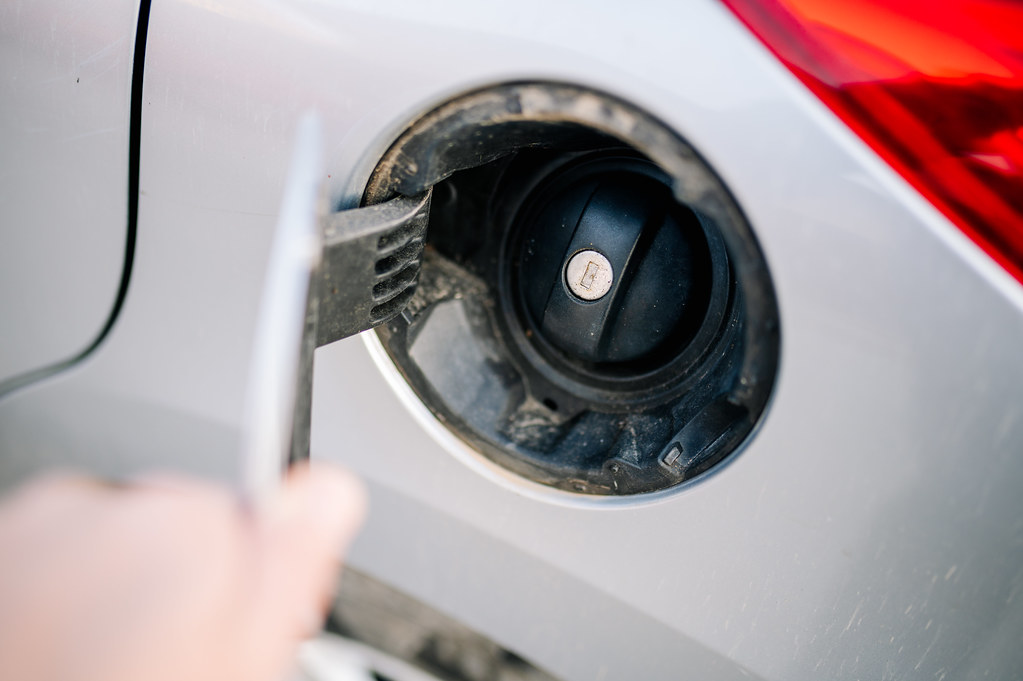
2. Unpacking Key Characteristics: Power, Torque, and Fuel Efficiency
When evaluating engine size, several key characteristics should be at the forefront of your decision-making process. Power output is one of the most critical factors; a higher horsepower rating can translate to quicker acceleration and better performance, especially in larger vehicles. This raw capability is what pushes your vehicle forward with exhilarating force.
Torque is another essential parameter, as it affects how well a vehicle can pull heavy loads or climb steep hills. It’s the twisting force that gets things moving from a standstill and maintains momentum under stress. Think of it as the grunt work behind the glamour of horsepower; both are vital, but for different aspects of performance.
Additionally, fuel efficiency is a vital consideration, especially for those who spend a lot of time on the road. A smaller engine may save you money at the pump, but it might not provide the performance you need for specific tasks. Finding the right balance between these three — power, torque, and fuel efficiency — is key to a satisfying and economical driving experience that truly suits your daily demands.
Read more about: 14 Classic Luxury Autos Young Professionals Are Smartly Avoiding: Unpacking the Hidden Costs and Why They Pass on These Status Symbols
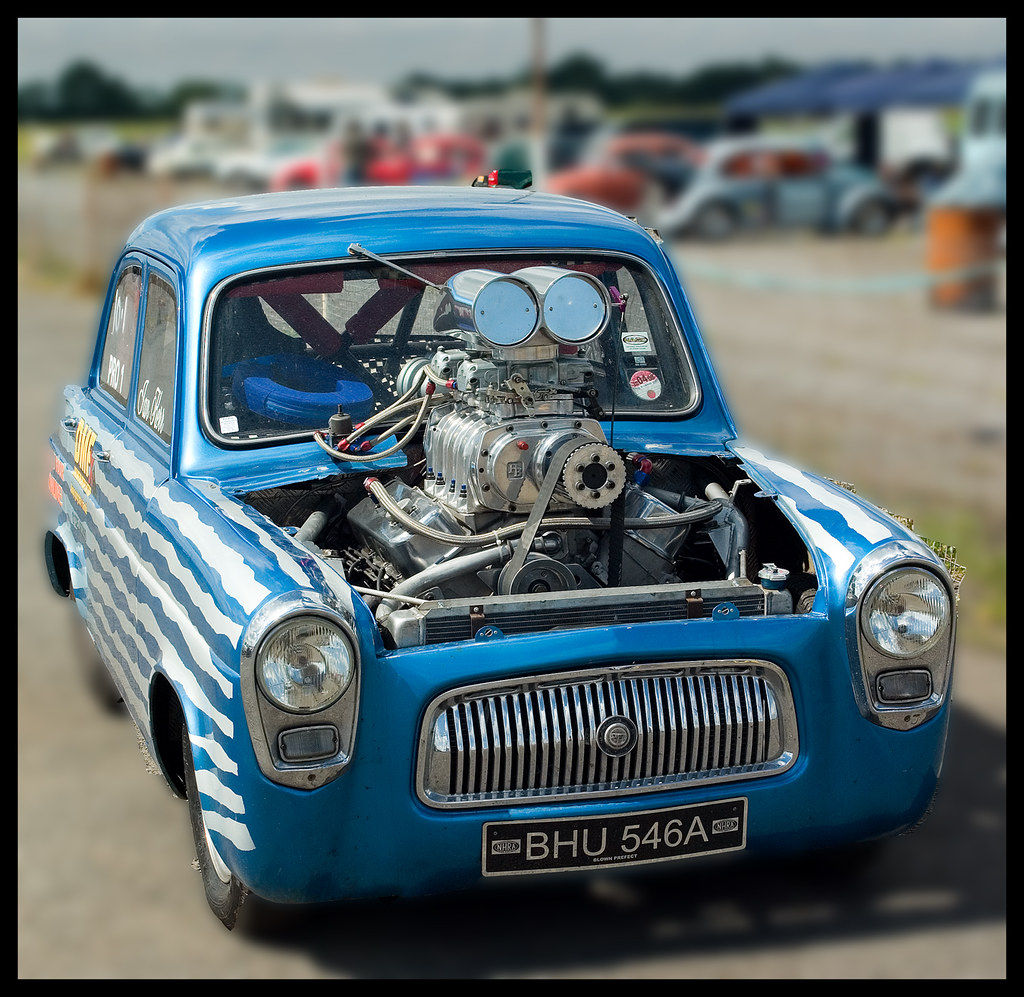
3. Matching Engine Size to Your Common Driving Scenarios
Engine size is most commonly applied in various driving scenarios, directly impacting your daily experience behind the wheel. For city driving, where stop-and-go traffic is the norm and speeds are lower, a smaller engine can be more than adequate. These engines excel in nimble urban environments, making parking and navigating congested streets a breeze.
Vehicles equipped with smaller engines often truly shine in fuel efficiency, making them a smart and economical choice for urban dwellers who prioritize savings at the pump. Their lighter weight and optimized power delivery for lower speeds mean less waste and more mileage for those daily commutes and errands. It’s a practical choice that pays dividends over time.
On the other hand, if you’re an outdoor enthusiast who frequently tows a trailer or a boat, a larger engine will provide the necessary power to handle those demands with ease. Similarly, performance-oriented drivers who crave the thrill of speed and acceleration will naturally gravitate toward larger, more potent engines. Your lifestyle and how you intend to use your vehicle are paramount in this decision.
Read more about: 🚨 Heads Up, Drivers! 11 Crucial Things Tow Truck Drivers REALLY Wish You’d Stop Doing on the Side of the Road
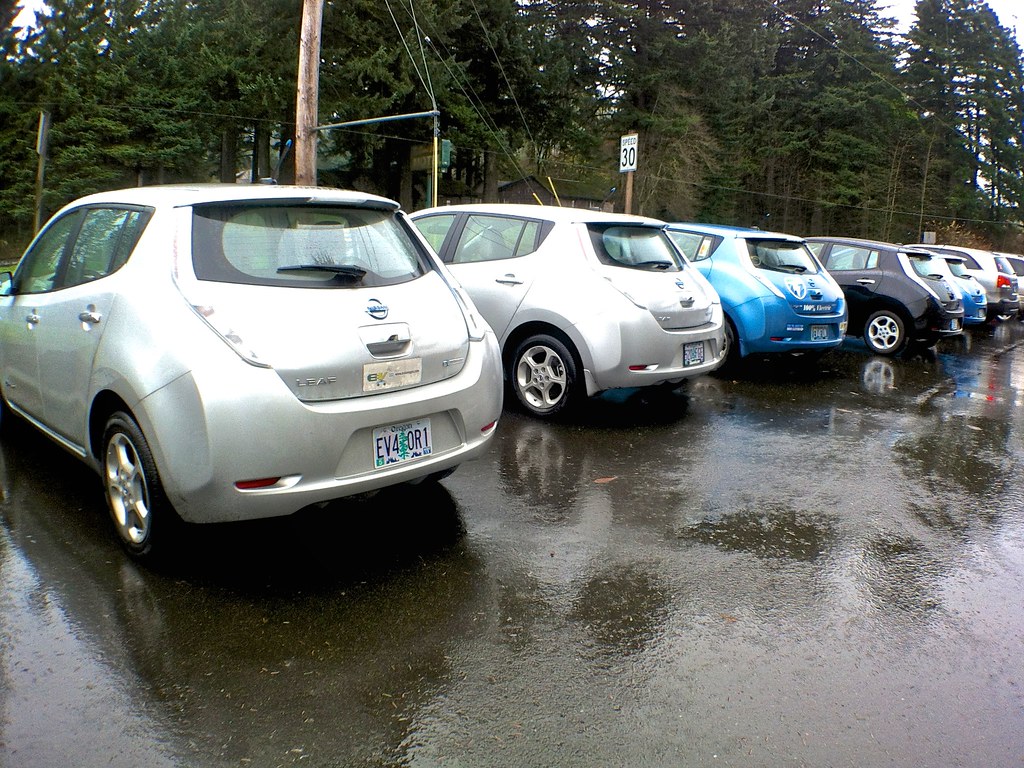
4. Vehicle Types and Their Ideal Engine Pairings
Different types of vehicles are designed with specific engine sizes in mind, reflecting their intended purpose and performance expectations. Compact cars and sedans, for example, often feature smaller engines, with the primary focus on fuel efficiency and ease of handling in tight urban spaces. These pairings are engineered for economical and agile daily commuting.
SUVs and trucks, however, typically come with larger engines to accommodate their heavier weight, increased passenger/cargo capacity, and crucial towing capabilities. These robust powerplants ensure that these vehicles can tackle demanding tasks without breaking a sweat, providing the necessary muscle for utility and adventure. It’s all about matching capability to design.
Sports cars, as you might expect, usually have powerful engines, custom-designed to deliver exhilarating performance, rapid acceleration, and a thrilling driving experience. Understanding the type of vehicle you need will intuitively help narrow down your engine size options, ensuring you get a vehicle that performs precisely as its category suggests. The synergy between vehicle type and engine size is fundamental to automotive design.
Read more about: More Than Just Wheels: Unpacking How Iconic Cars Become a Stark Symbol of Celebrity’s Addictive Grip
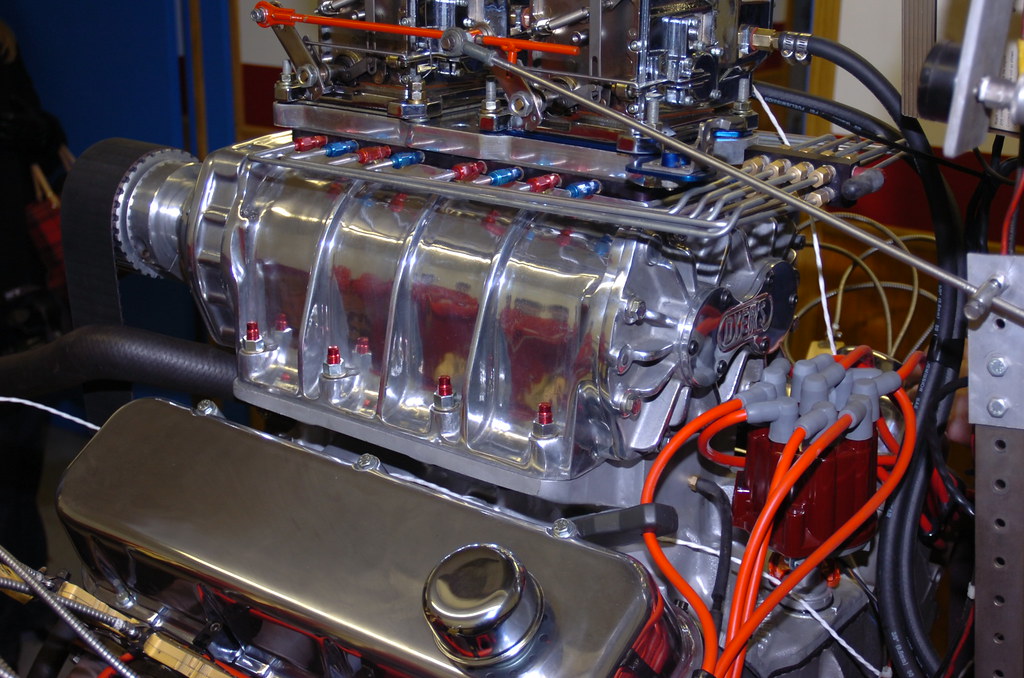
5. The Evolving Landscape: Future Trends in Engine Technology
As automotive technology continues to evolve at a breathtaking pace, the traditional understanding of engine size is becoming less straightforward and far more exciting. The rise of hybrid and electric vehicles, for instance, is dramatically changing the landscape, as these vehicles often rely on smaller, highly efficient internal combustion engines or entirely different electric powertrains. This innovation signals a profound shift.
Thanks to exciting advancements in battery technology, electric and hybrid vehicles are now more practical and attractive to drivers than ever before. Plus, with government perks like tax breaks and rebates in many regions, it’s easier to make the switch to these greener, more future-forward options. It’s an exciting time to be an auto owner, with more choices that prioritize sustainability and efficiency.
Furthermore, technologies like turbocharging and direct injection are allowing smaller engines to produce power comparable to much larger, naturally aspirated ones, all while maintaining superior fuel efficiency. This innovative trend means that performance and economy can now coexist harmoniously in smaller, more agile packages, fundamentally influencing how future auto owners view engine size. It’s a game-changer for balancing power and planet.
Read more about: 15 Essential Guidelines for Safe Road Sharing with Autonomous Vehicles in California
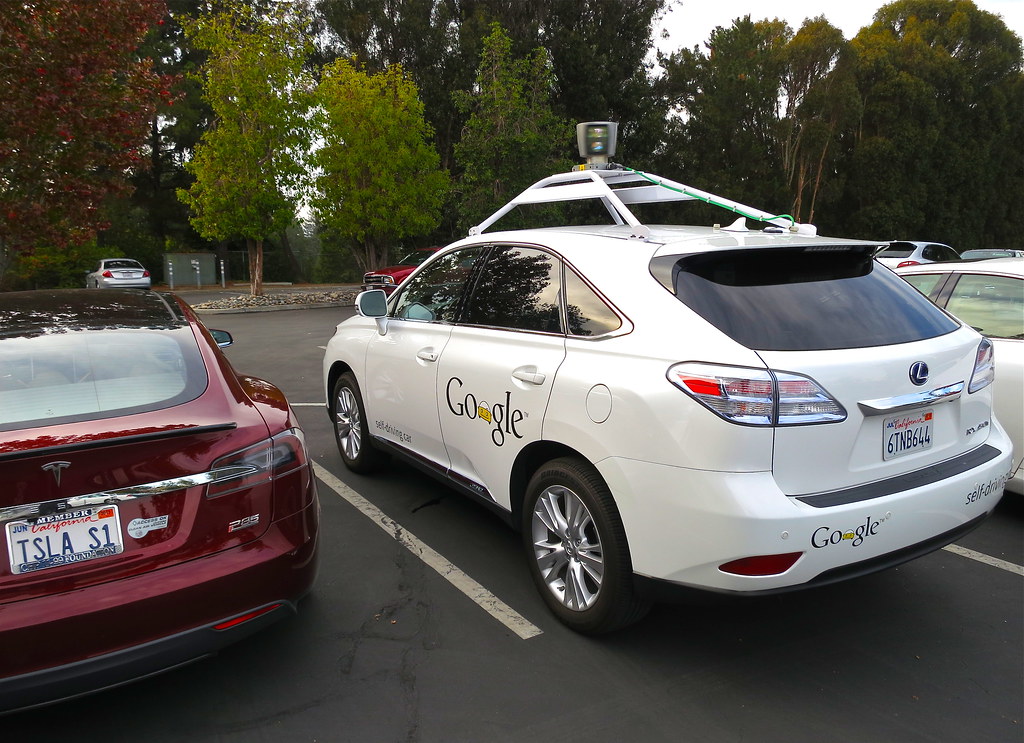
6. Deep Dive into Performance Metrics: Horsepower vs. Torque for Practical Driving
Performance is often the first thing that comes to mind when considering engine size, and it’s where horsepower and torque truly shine. Horsepower dictates how quickly a vehicle can accelerate and maintain high speeds. It’s the measure of how much power an engine can produce, directly influencing your car’s top speed and its ability to quickly get up to highway speeds.
On the other hand, torque, measured in pound-feet (lb-ft), is the rotational force that allows your vehicle to pull heavy loads and climb steep inclines with greater ease. High torque is vital for towing a boat, hauling cargo, or confidently navigating mountainous terrain without straining the engine. It’s the raw pulling power that provides a solid, steady force.
When comparing engine options, look for vehicles that strike an optimal balance between these two critical metrics. A well-rounded driving experience isn’t about maximizing one at the expense of the other; it’s about finding a synergy where both horsepower and torque work together to meet your diverse driving needs, whether you’re looking for swift acceleration or robust towing capacity. This balance ensures your vehicle feels responsive and capable in all situations.
A vehicle with high horsepower will accelerate faster, while high torque is vital for towing and carrying heavy loads. Understanding how these two distinct forces contribute to different aspects of performance is key. Ultimately, choosing the right engine size means finding that perfect equilibrium that empowers your daily drives and adventurous escapades. It’s about getting the most out of your vehicle, every single mile.
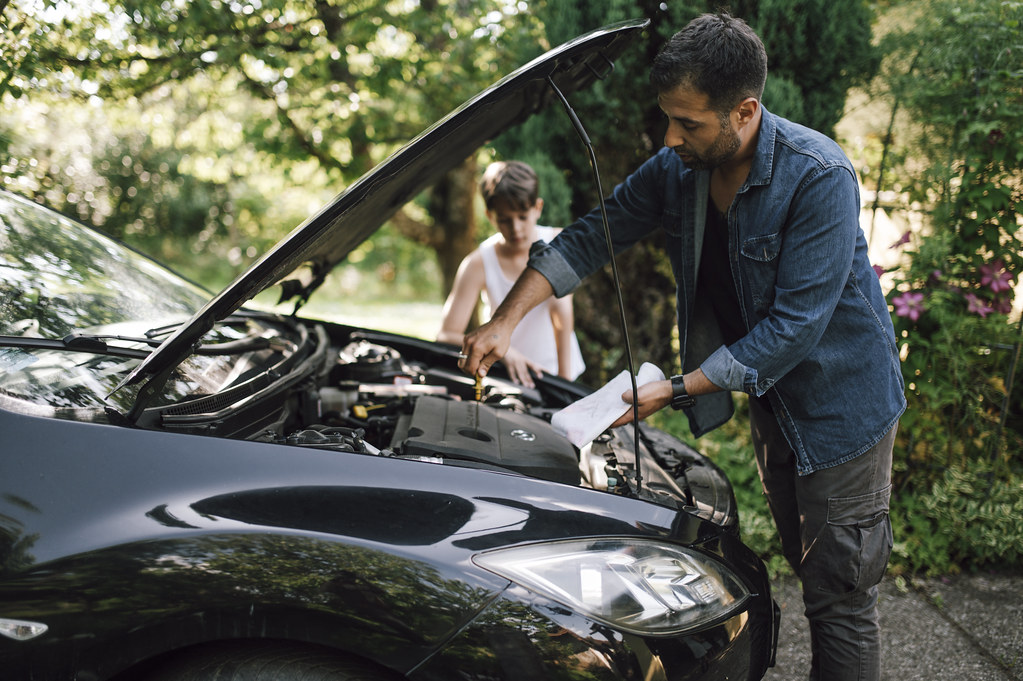
7. Reliability and Maintenance: The Long-Term View
The initial choice of engine size influences a vehicle’s long-term reliability and maintenance costs. For any auto owner, understanding these financial and practical implications is crucial. A reliable engine performs well and demands less frequent, less expensive repairs, saving you time and money over the years of ownership.
When diving into potential vehicle options, researching reliability ratings of specific engines or models provides invaluable insights. Industry reports and owner forums are excellent resources for understanding common issues or durability records. This proactive approach helps predict how well an engine might hold up to daily driving.
Additionally, consider the long-term maintenance costs accompanying different engine sizes. Larger engines, while offering robust performance, often come with higher price tags for parts and specialized services due to their complexity. Smaller engines typically have lower upkeep costs, with more readily available and less expensive components. Balancing immediate performance desires with these crucial long-term financial considerations is a hallmark of informed decision-making.
Read more about: Empower Your Ride: 12 Expert-Backed Steps to DIY a Truck Lift Kit Installation at Home

8. Real-Life Driving Experiences: Small and Mid-Range Engine Success Stories
Real-world experiences offer a vivid picture of how different engine sizes truly perform. For many auto owners navigating urban environments or seeking daily commuting efficiency, small engines prove to be remarkable successes, consistently delivering superior fuel economy.
Many drivers with smaller engines highlight fuel efficiency as a primary advantage. A compact car driver with a 1.5L turbocharged engine, for instance, reports over 35 MPG in mixed conditions. This reflects a smart balance between responsive performance and exceptional economy during extensive daily commutes. A user review states, “I drive a lot for work, and this little engine has saved me a ton on gas. I can keep up with highway traffic without feeling underpowered, and I love that I’m not constantly stopping at the pump.”
Another compelling case comes from a city dweller who chose a subcompact vehicle with a 1.0L engine. This choice proved ideal for effortless maneuvering through tight spaces and congested streets. The nimble nature of these smaller engines, combined with fuel-saving prowess, makes them excellent companions for urban adventures. As one user put it, “The small engine is perfect for city driving. I don’t need a lot of power, and the fuel savings are a huge bonus. Plus, parking is a breeze!” These anecdotes underscore the practical benefits of aligning engine size with driving habits.
Drivers selecting mid-range engines, such as a 2.0L naturally aspirated engine, often discover a harmonious balance between ample power and commendable efficiency. These engines are popular for sedans and crossover SUVs, appealing to busy families and individual commuters. They provide confidence for highway merging and offer sufficient grunt for everyday tasks without demanding excessive fuel.
One contented user review perfectly encapsulates this: “I have a family of four, and our 2.0L SUV has enough power for highway merging and carrying the kids around. It’s not a sports car, but it gets the job done without breaking the bank on gas.” Many users also appreciate the inherent reliability of mid-range engines, reporting fewer maintenance issues compared to larger counterparts, translating into significant long-term savings and greater peace of mind.

9. Real-Life Driving Experiences: Embracing the Power of Larger Engines
While smaller and mid-range engines shine in efficiency and urban agility, a distinct category of auto owners finds sheer power and robust capability non-negotiable. These drivers gravitate towards larger engines, such as a commanding 5.0L V8, recognizing their specific needs—demanding work or adventurous leisure—call for additional horsepower and torque. Sometimes, there’s no substitute for displacement.
Truck owners, for instance, frequently need a robust engine for daily operations, especially rigorous towing and heavy hauling. Knowing your vehicle can effortlessly pull a fully loaded trailer or handle substantial cargo without breaking a sweat is invaluable. A user review illustrates this: “I use my truck for work, and the V8 is a beast. I can tow my trailer without even feeling it back there. Sure, my fuel costs are higher, but the power is worth it for my job.” This directly translates into productivity and confidence.
However, the allure of raw power comes with trade-offs, particularly in fuel efficiency. Many users of larger engines openly report significant hits to fuel consumption, especially in stop-and-go urban settings. The exhilaration of a potent engine can be tempered by frequent visits to the gas station. As one user reveals, “I love the power of my truck, but I dread filling up the tank. I get around 15 MPG, which hurts my wallet, especially with gas prices these days.” This highlights the balancing act between desired capability and practical financial implications.

10. Professional Recommendations: Insights from the Experts
To understand engine selection, consider the seasoned perspectives of automotive professionals. These experts, drawing from years of experience and customer feedback, offer practical recommendations to guide auto owners toward suitable engines for their lifestyles. Their insights bridge technical specifications and real-world applicability.
Many mechanics consistently recommend smaller, turbocharged engines for everyday drivers prioritizing fuel efficiency without sacrificing capable performance. They emphasize that advancements have made these engines more reliable and powerful. As one mechanic highlights, “The newer turbo engines are a game-changer. They offer the power of larger engines but with much better fuel economy. For most drivers, that’s the sweet spot.” This consensus underscores a growing trend.
Conversely, performance specialists advocate for larger engines, particularly for sports cars and high-performance vehicles. Their emphasis is on the exhilarating experience only a high-displacement engine can provide. While smaller engines can be tuned for speed, specialists assert nothing matches the raw power and thrilling sound of a V8 or larger engine—a sentiment cherished by enthusiasts. They concede, however, that this level of performance “comes at a cost.”
Meanwhile, fuel economy experts highlight the benefits of hybrid and electric vehicles, often incorporating smaller internal combustion engines or alternative powertrains. They strongly suggest potential buyers, especially those focused on long-term savings and reduced environmental footprints, consider these forward-thinking options. An expert articulates, “Hybrid vehicles with smaller engines can offer the best of both worlds. You get decent power for daily driving and exceptional fuel efficiency. Plus, you’re doing your part for the planet.” These diverse viewpoints offer a holistic picture, empowering auto owners with informed choices.
Read more about: Deconstructing Goop: A Critical Look at Gwyneth Paltrow’s Wellness Empire and Its Contentious Claims
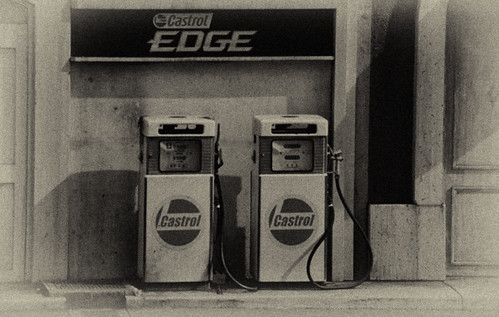
11. Fuel Efficiency Trends and Evolving Consumer Preferences
The automotive landscape shifts constantly, driven by innovation, environmental concerns, and changing consumer preferences. One significant trend is the increasing emphasis on fuel efficiency, directly influencing engine size choices. Statistical data paints a clear picture of this market dynamic, showing a definitive move towards more economical powertrains.
Fuel efficiency remains a paramount factor influenced by engine size. Studies consistently demonstrate that smaller engines, especially with turbocharging, deliver impressive fuel economy without compromising performance. This blend of efficiency and capability is a major draw. According to the U.S. Environmental Protection Agency (EPA), vehicles with engines smaller than 2.0 liters saw market share climb from 16% in 2010 to over 30% by 2020. This shift highlights a growing consumer preference for fuel-efficient options.
These market trends are further corroborated by consumer research. A J.D. Power study reveals that 62% of consumers identify fuel efficiency as the most important factor when purchasing a new vehicle. This statistic underscores the accelerating trend towards smaller, more efficient engines. Buyers increasingly prioritize economy and sustainability, reshaping the industry from the ground up.
Read more about: Navigating the Golden Years: Why Urban Seniors are Choosing Smaller Cars, and Our Top 12 Picks for 2025 and Beyond
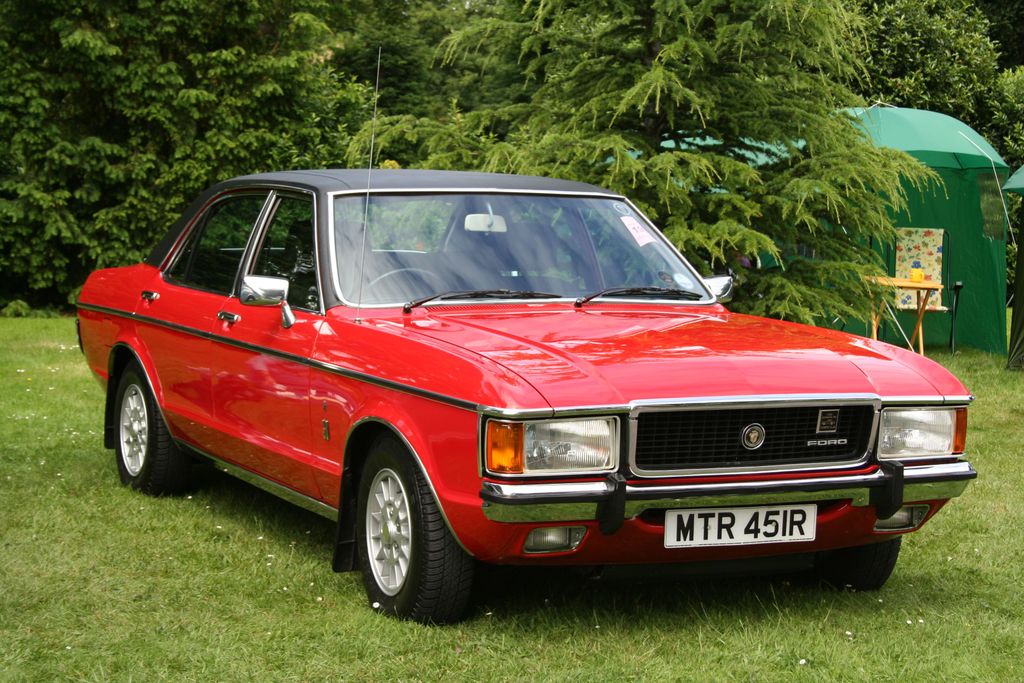
12. The Broader Impact: Cost of Ownership and Environmental Footprint
Beyond performance and fuel efficiency, engine size fundamentally impacts a vehicle’s total cost of ownership and its broader environmental footprint. These long-term implications are increasingly significant for conscientious auto owners, influencing personal finances and commitment to global sustainability. Understanding these wider effects is essential for making a responsible, informed decision.
Total cost of ownership extends beyond initial purchase and fuel expenses. It encompasses financial implications directly influenced by engine size. A study by AAA provides compelling evidence: average annual fuel cost for vehicles under 2.0 liters is around $1,200. In contrast, vehicles with engines exceeding 3.0 liters demand approximately $1,800 annually. This difference significantly impacts an owner’s budget over the vehicle’s lifespan.
Maintenance costs also factor heavily. Smaller engines generally equate to lower fuel costs and often come with more affordable maintenance and insurance premiums. Conversely, larger engines, with complex systems and specialized components, can incur higher maintenance expenses and potentially elevated insurance rates. Considering these combined financial elements—fuel, maintenance, and insurance—is paramount for grasping the true economic reality of your engine choice.
The environmental impact of engine size is another critical consideration. Smaller engines tend to produce fewer harmful emissions, contributing to improved air quality and a reduced carbon footprint. According to the International Council on Clean Transportation (ICCT), vehicles under 2.0 liters emit approximately 20% less CO2 compared to their larger counterparts. This statistic powerfully underscores the tangible environmental benefits of opting for a smaller engine, aligning personal vehicle choices with broader ecological goals.
Read more about: The 2025 Toyota Wish Redesign: The Ultimate MPV Reimagined, and Your Guide to Finding Your Automotive Wish List Gem
Ultimately, selecting the right engine size is a multifaceted journey, requiring a careful blend of self-awareness about your driving habits, an appreciation for technical specifications, and a keen eye on real-world implications. It’s about finding that perfect symphony where power, efficiency, reliability, cost-effectiveness, and environmental responsibility all play in harmony. From the nimble city commuter to the robust workhorse, there’s an ideal engine waiting to elevate your driving experience. By embracing the expert insights, learning from fellow drivers, and understanding the market’s pulse, you’re now equipped to make a choice that truly drives your satisfaction forward. Happy motoring!



